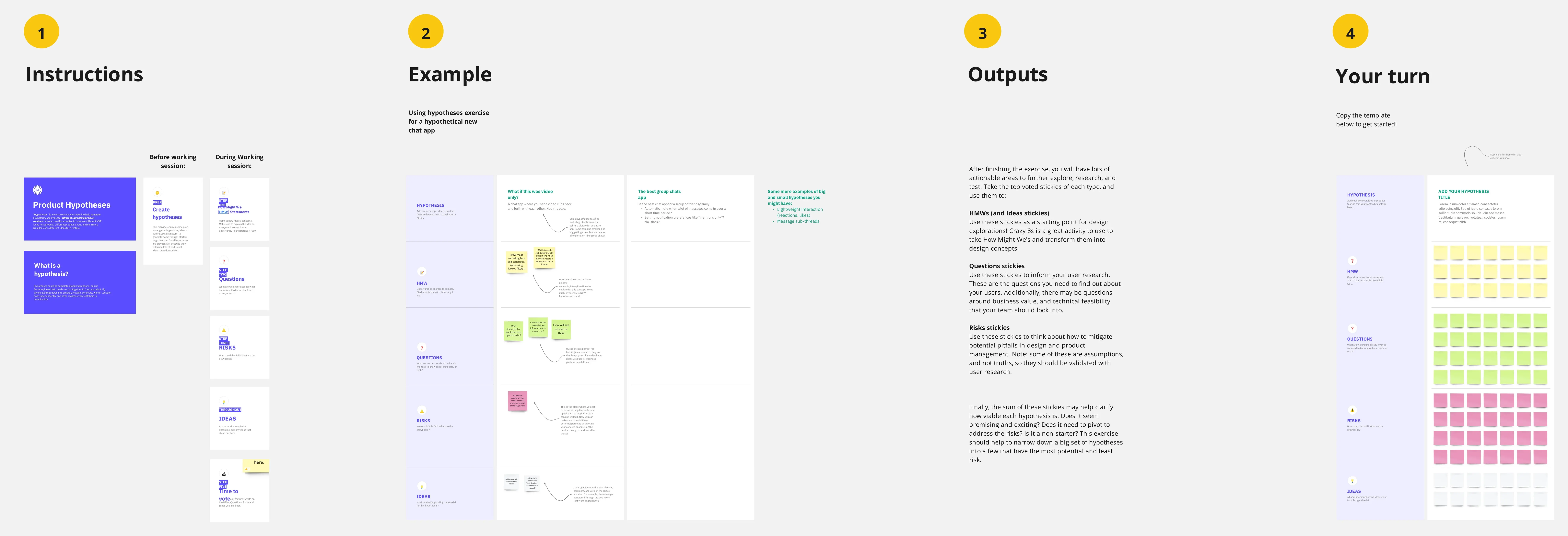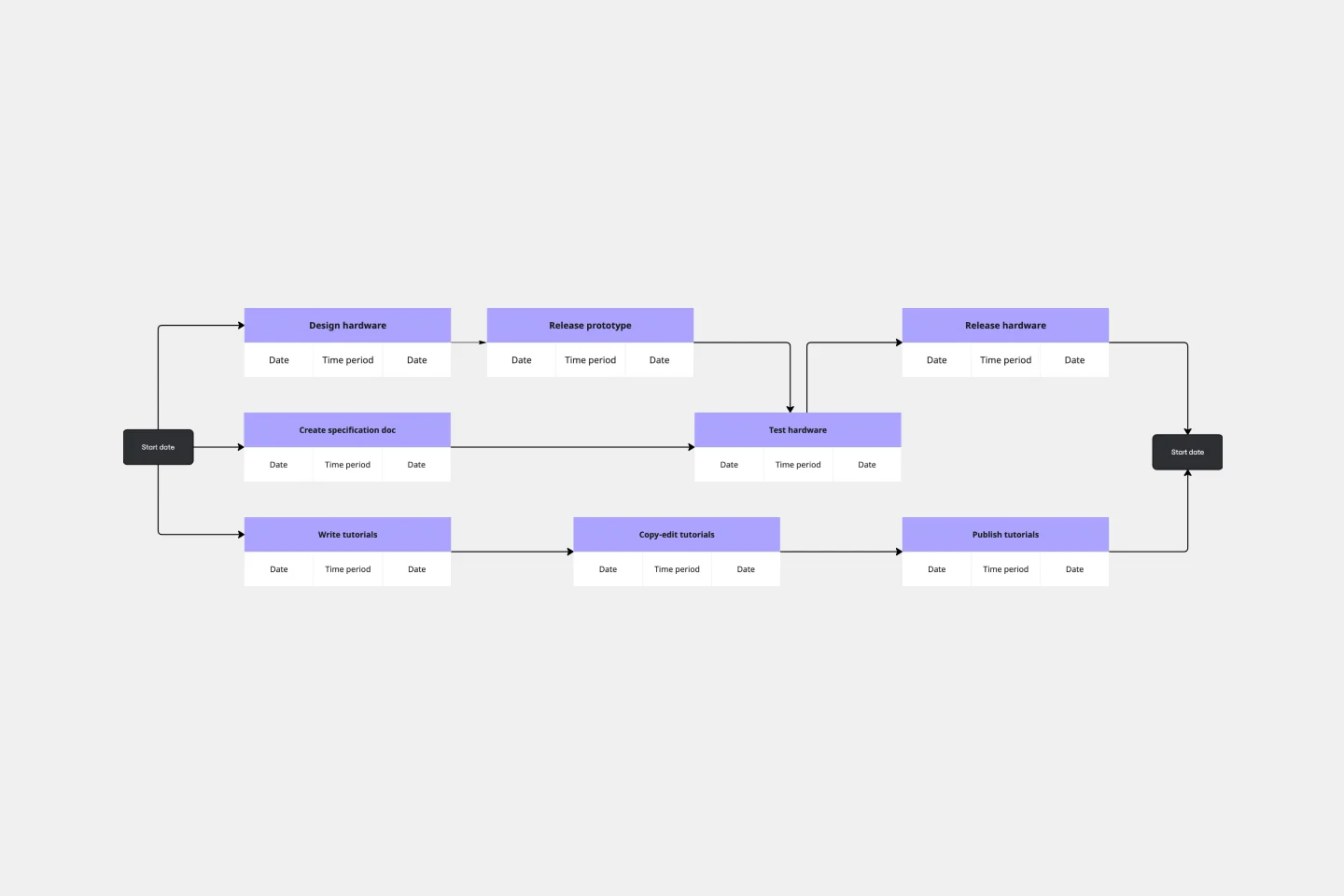UX Research is about understanding our customer problems in order to improve our products. But, what if there are so many different customer problems that a team does not know what to explore next? Alignment on the research roadmap is key for user insights to be effective.
Colleagues and stakeholders need a clear view of what research is being done and the benefits of doing the research. Alignment increases the success rate and impact of research insights, and builds a user research mindset and culture.
A framework I’ve created and used to help align a team on research is called, "The UX Research Question Board.” The Question Board is simply that: It’s a board where a team places all their questions related to the customer or customer experience.
The Question Board can be used as an ongoing tracking tool to see how questions evolve over time. This framework helps especially when you are new on a team and need a quick way to learn about the product. It is part of the user researcher’s toolkit but can be used by anyone on a team (product managers, engineers, designers) who needs to plan a research roadmap.
How to use The Customer Question Board
Step 1: Prepare the Team
The first step is to make sure your interdisciplinary team understands the objective of the exercise. Send out a calendar invite preparing for them to think about questions they have about the customer.
Step 2: Ask the Prompt
During the whiteboard session, ask the team to place questions on sticky notes, one sticky per question. "What do you want to learn about the user?"
Step 3: Discussing & Clustering
Ask the first teammate to talk about of their sticky notes. Have them place their note in a central area of a board. If others have similar questions, have them place their note next to the original. This is real-time affinity mapping. Continue for each teammate. The idea is to see how questions can be asked in many different ways.
Step 4: Attitude vs Behavior
Now that you have bundles of questions, ask the team if the question bundle is about the customer’s attitude or behavior. An "attitude” is what people say or think (their perception) about a product or service. A “behavior” is what people do with the product or service. Create a vertical line in the center (the Y-axis). Place attitudinal questions on the left and behavioral questions on the right.
Step 5: Qual vs. Quant
Next, ask the team if the question bundles are about how often something is happening (quantitative questions) or figuring out why something might be happening and how to fix things (qualitative questions). Make an X-axis and place quant questions on the right and qual questions on the left.
Step 6: Vote
There should now be bundles of questions in four different quadrants. Have the team vote on which bundle is most important to explore first.
Step 7: Map Questions to Methods
For the bundle that had the most votes, the team can now figure out which user research method to use. There is transparency and alignment for the team to understand their next steps.












